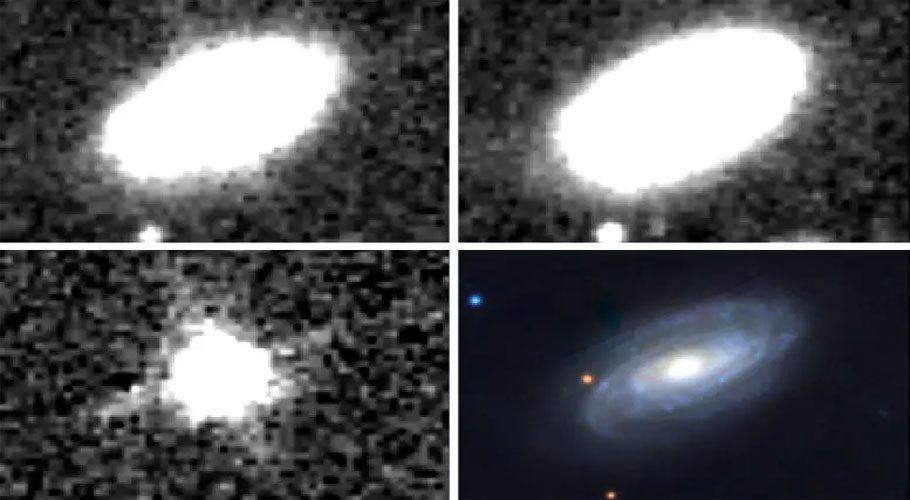Astronomers have discovered a new tidal tidal disruption event (TDE) in the NGC 7392 galaxy, 137 million light-years from Earth, providing insight into how supermassive black holes rip apart passing stars.
The TDE, named WTP14adbjsh, was found in the infrared band, highlighting that traditional X-ray and optical surveys may miss TDEs in star-forming galaxies due to obscured light by dust. The discovery suggests that searching in the infrared band can reveal more previously hidden TDEs in active, star-forming galaxies, offering a more complete understanding of black holes and their host galaxies.
According to a report published in The Astrophysical Journal Letters, every 10,000 years, a tidal disruption event occurs when a supermassive black hole tears apart a passing star, resulting in a burst of radiation. About 100 TDEs have been identified based on X-rays and optical radiation. MIT astronomers have discovered a new TDE using infrared light, one of the first times a TDE has been directly identified at this wavelength.
The report says that a new tidal disruption event (TDE) has been discovered in a nearby galaxy, NGC 7392, which is 137 million light-years away. It is the closest TDE observed to date and occurred in a young, star-forming galaxy, unlike the majority of TDEs found in quieter galaxies. The traditional X-ray and optical surveys missed this TDE due to an enormous amount of dust that absorbed the radiation and gave off heat in the form of infrared energy. This suggests that many more previously hidden TDEs in active, star-forming galaxies could be revealed by searching in the infrared band.




































